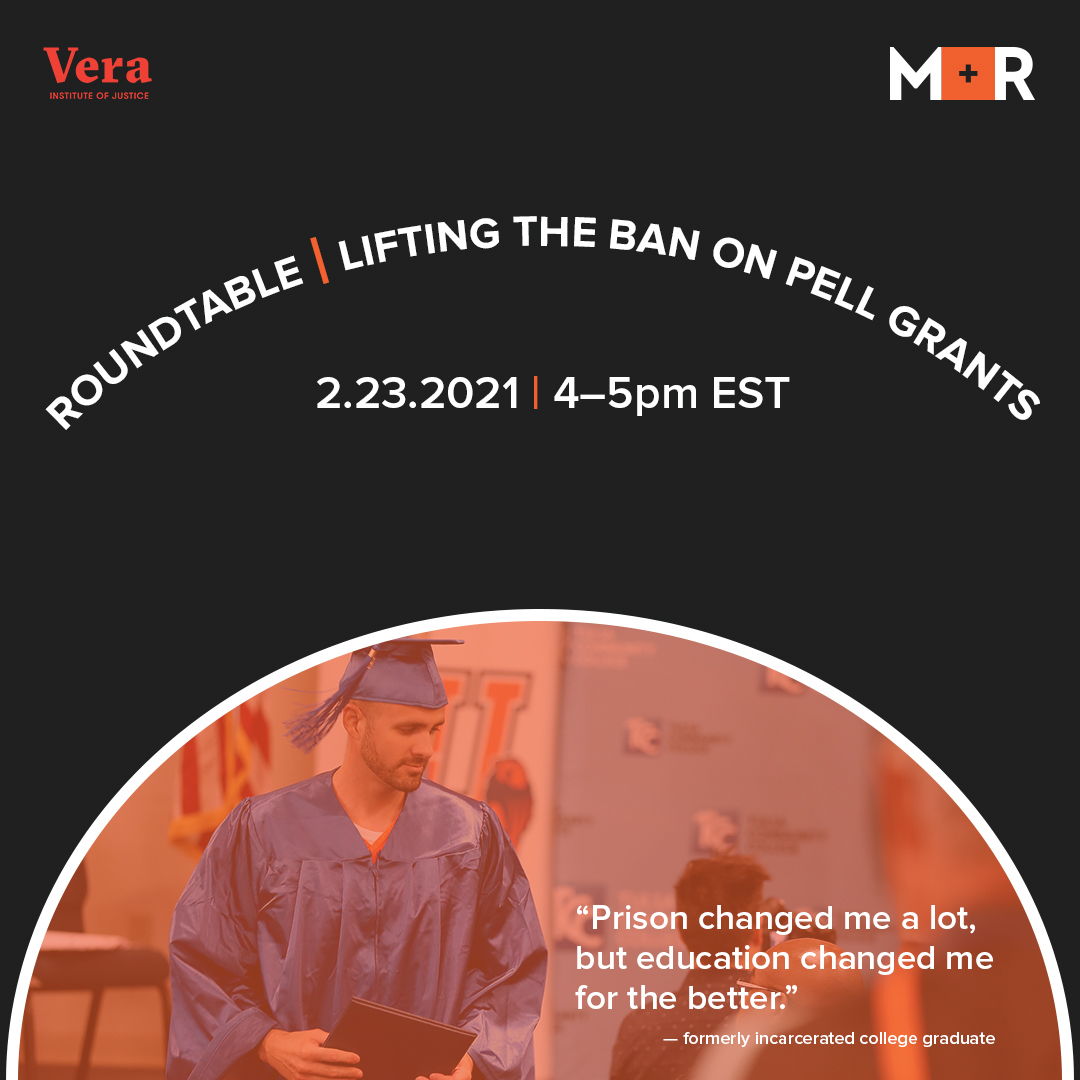Progress is hard. Partisanship is real, and growing. But know this: it’s still possible to build campaigns that garner bipartisan support and secure lasting policy change by getting a bill through Congress. For proof, look no further than the recent victory to lift the ban on Pell Grants for incarcerated students.
M+R held a Roundtable discussion yesterday to talk about that successful campaign, and to pass on lessons advocates can keep in mind as they plan their own efforts. If you missed the discussion, we have you covered with a recording of the Roundtable, as well as some of the top takeaways:
- Understand the context. The Pell Grant ban was a result of the 1994 Crime Bill—a punitive measure from the extremely damaging “tough on crime” era. The law banned people in prison from accessing Pell Grants to help cover the cost of college tuition. This ended up causing more harm to people, families, and communities.
- Name the harm and build consensus. Experts agree on the benefits of lifting the ban. There’s broad consensus that college in prison reduces recidivism, saves money, promotes racial equity, and creates a ripple effect of opportunity for students, their families, and their communities. That’s why the coalition to lift the ban was so broad, deep, and bipartisan.
- Show the human impact of creating change. “Your son’s life is going to be different” because of access to education—that was a remark from Terrell Blount, director of the Formerly Incarcerated College Graduates Network (FICGN), remembering a comment a friend made to him. Terrell talked to attendees about how access to college programming in prison is “a game-changer for everyone involved.”
- Build support for progress piece by piece. Panel participants discussed how some of the organizing principles and lessons learned from the Pell campaign could shape advocacy efforts moving forward. A few examples:
- It’s important to build relationships with champions for your issue—and to develop a thoughtful (and nimble!) grasstops campaign that effectively influences key decision-makers.
- Center the voices, experiences, and expertise of those most impacted by your efforts. Being able to share authentic stories will help you turn up the volume of your conversation in the press, on social media, and in growing key audiences and allies.
- Develop an integrated earned and social media campaign that is clear on the decision-makers you need to influence, the audiences you need to engage, the media markets and outlets in which you need to be active, and the spokespeople who will be most effective in engaging your decision-makers. The Pell campaign was able to run a powerful, organic social media campaign and maintain a steady drumbeat of regional and national press stories in large part thanks to a clear legislative strategy, focused messaging, and storytellers willing to open up and share their experiences.
This is a conversation you won’t want to miss if you’re actively engaged in the justice reform space, or if you’re planning (or rebooting) a campaign effort in the near future. Check out the recording here!
Related Links



